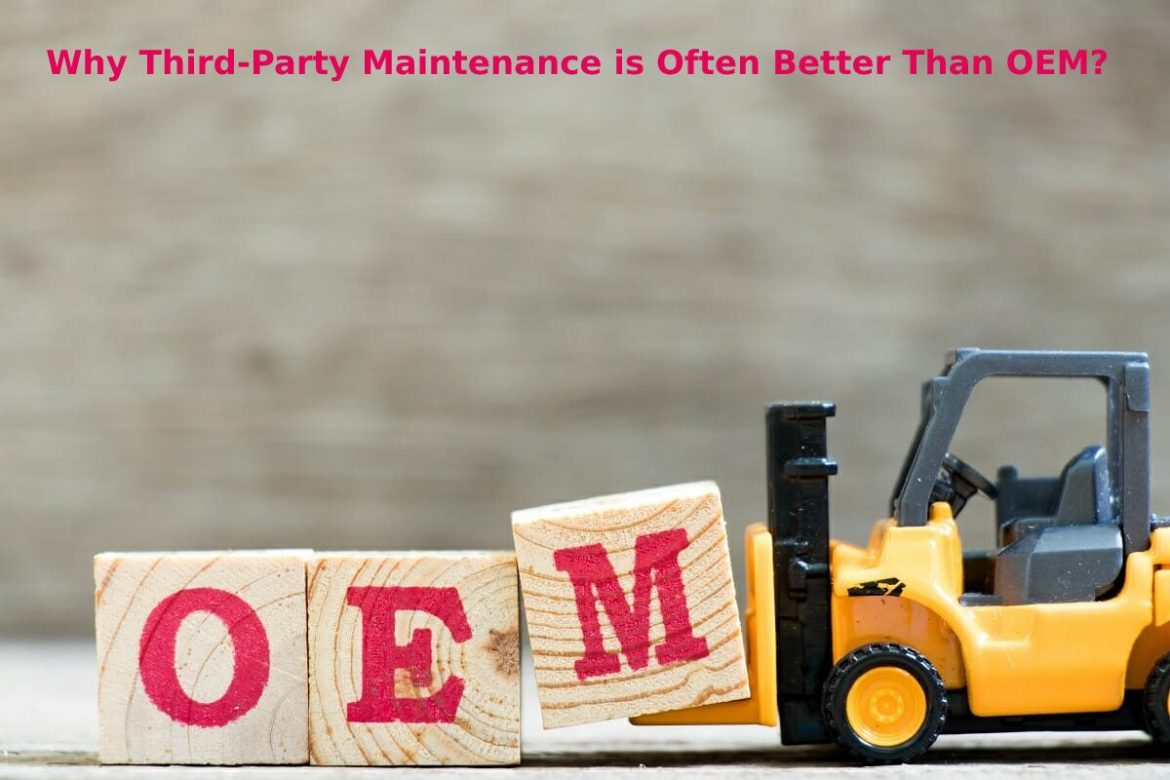Do you own your server equipment and run your own data center? If so, you’ve probably received several warranties from the companies that manufactured your equipment. You’ve also probably had to rely on these warranties to get something repaired at least once.
Warranties provided by the original equipment manufacturer (OEM) sound like a good deal. You buy the product and receive support for a certain period of time, like a year. It sounds great, but it’s not as amazing as it seems. There are a handful of reasons to choose third-party maintenance over OEM services.
Table of Contents
What’s Wrong with OEM services?
Technically, OEM services are great. The technicians are skilled and many are experts in their field. However, the problems with OEM services are related to the value of the services offered. Essentially, you end up paying overpriced fees for minimal services and you have to pay more to keep getting services.
The biggest issue is that the cost of liability is built into the cost of each warranty. And yes, some warranties are free, but the cost is actually built into the purchase price. Nothing is truly free. If you were given a free warranty, you paid for it with your equipment purchase.
Third-Party Maintenance is Ideal
Third-party maintenance, on the other hand, is cheaper in cost and delivers the same level of results. As a bonus, third-party maintenance often delivers superior results than OEM services.
What is third party maintenance used for that can’t be found through OEMs? In a nutshell, you can get even more tech services from a third-party than you can through an OEM. With an OEM, you’ll have access to a small number of services. With a third-party service, you’ll have access to a wide range of personalized IT maintenance that will cost less and perform just as good, or better, than OEM services. For example:
- Get support for an end-of-life system. Under an OEM warranty, you might be required to have a component replaced when it reaches its end of life. If a critical component reaches its end of life, and your warranty won’t cover maintenance or repairs, you’ll have to pursue the arduous task of upgrading.
With a third-party maintenance service, you can keep your hardware and still have it maintained. This will save you money and prevent the need for a major overhaul before you’re ready.
- Multi-vendor support from one company. Each OEM service agreement only applies to the product created by that particular manufacturer.
If you want support for equipment made by five different vendors, you have to call five different service companies under an OEM contract. With a third-party, you can get everything covered under one agreement.
- Customized support. A third-party maintenance company can provide support that isn’t offered under an OEM contract. OEMs don’t usually offer a-la-carte services like third-party companies.
Owning your Equipment and Data Center is Wise
If you’re still running your own data center and you own your equipment, you’re making a wise choice. The benefits of owning your data center are multi-faceted and it’s about more than convenience.
According to statistics published by ZDNet, in 2016, 70% of enterprise workloads were running in corporate data centers rather than the cloud. Only 9% of systems were in the cloud at that time. Since then, cloud adoption has been huge, but it’s still not the standard. In fact, even businesses who have moved to the cloud still maintain some kind of in-house system. Here’s why:
- Companies want control over their network. It’s risky hosting your data with a third-party because you can’t control how they manage your data. What if they don’t update their software or fail to install a patch? That could lead to a data breach or malware attack.
- Data privacy compliance. Companies bound by data privacy laws, like HIPAA, can’t risk hosting data insecurely. If a third-party host doesn’t comply with the laws, the company can get in trouble.
- No leverage to enforce contractual obligations. When you contract with a cloud hosting provider, you don’t have a direct relationship with the data center provider. This means you can’t enforce the terms of your contractual agreement when the data center is at fault for an outage.
Your vendor likely assumes no responsibility for outages in the contract, which means you’re stuck.
Hang onto your Data Center and Get Third-Party Support
You might be considering moving to the cloud, and there’s nothing wrong with that. If you’re ready to make the move and you think the benefits outweigh the drawbacks, then go ahead and make your move.
If, however, you like the security and control of owning your equipment, look into third-party maintenance to cover the gaps in your OEM service agreements.


